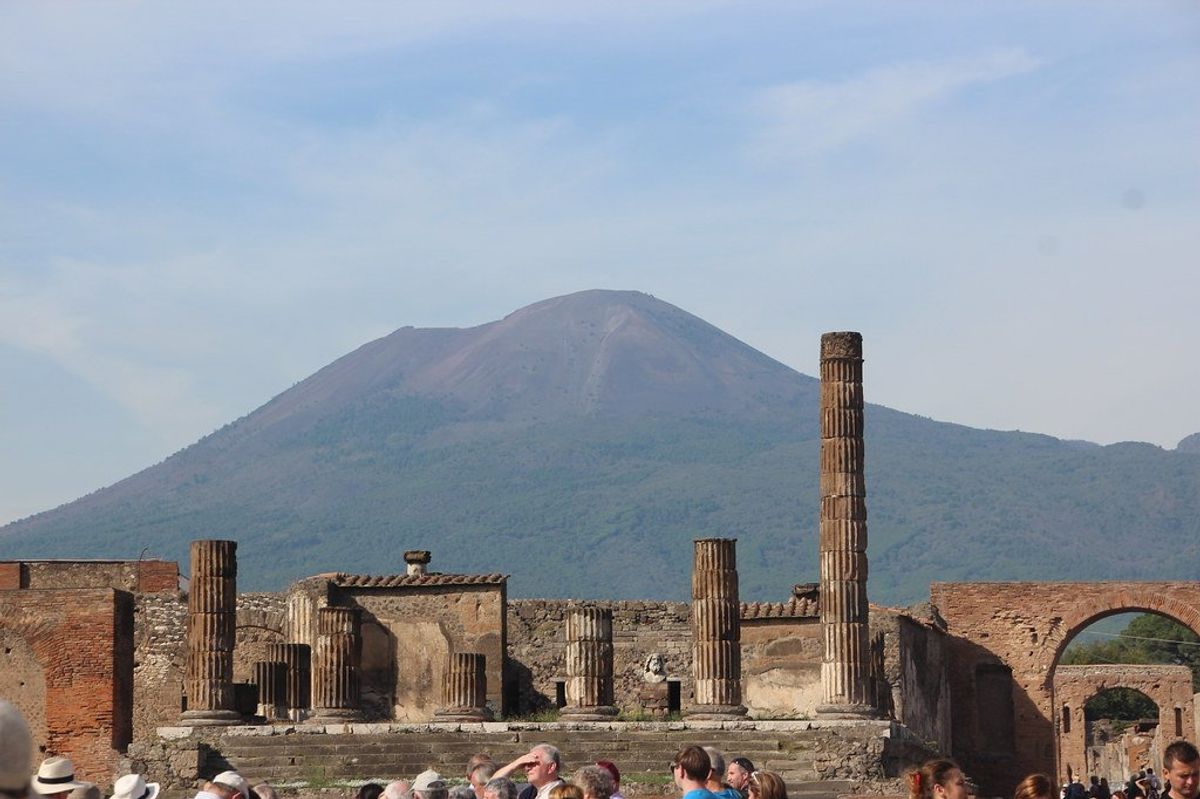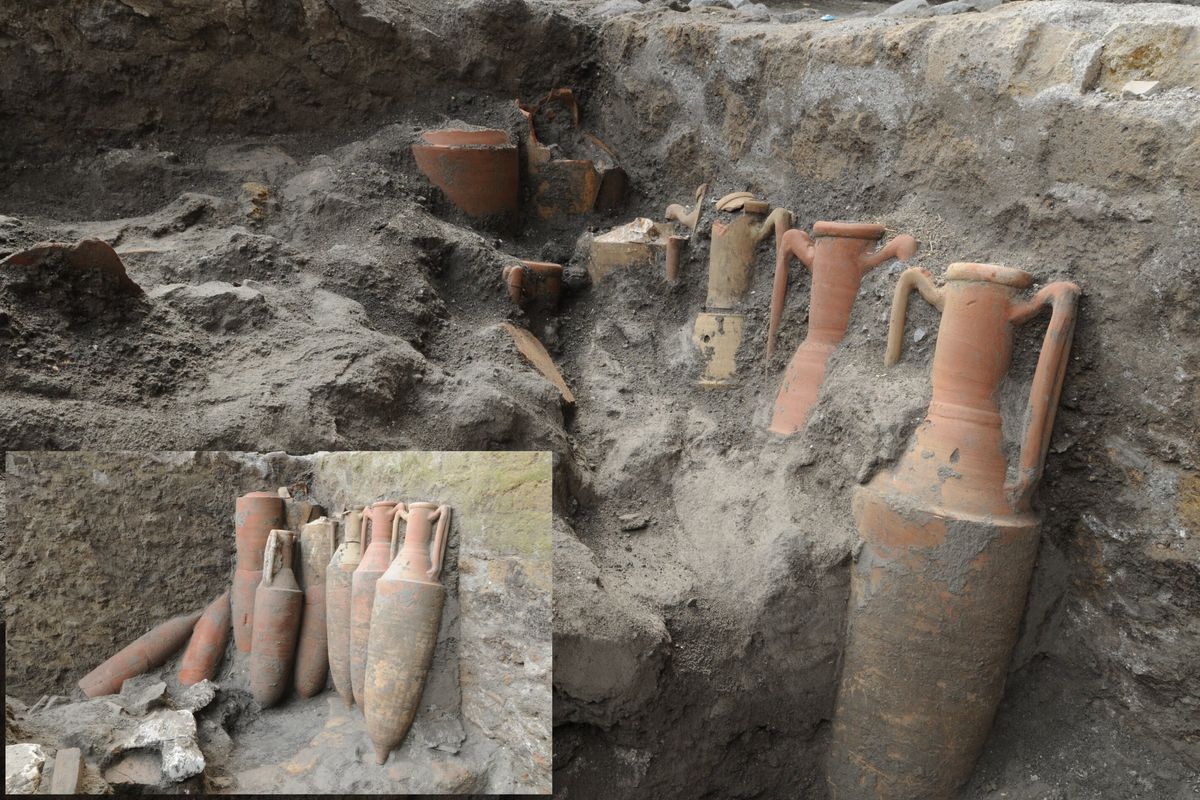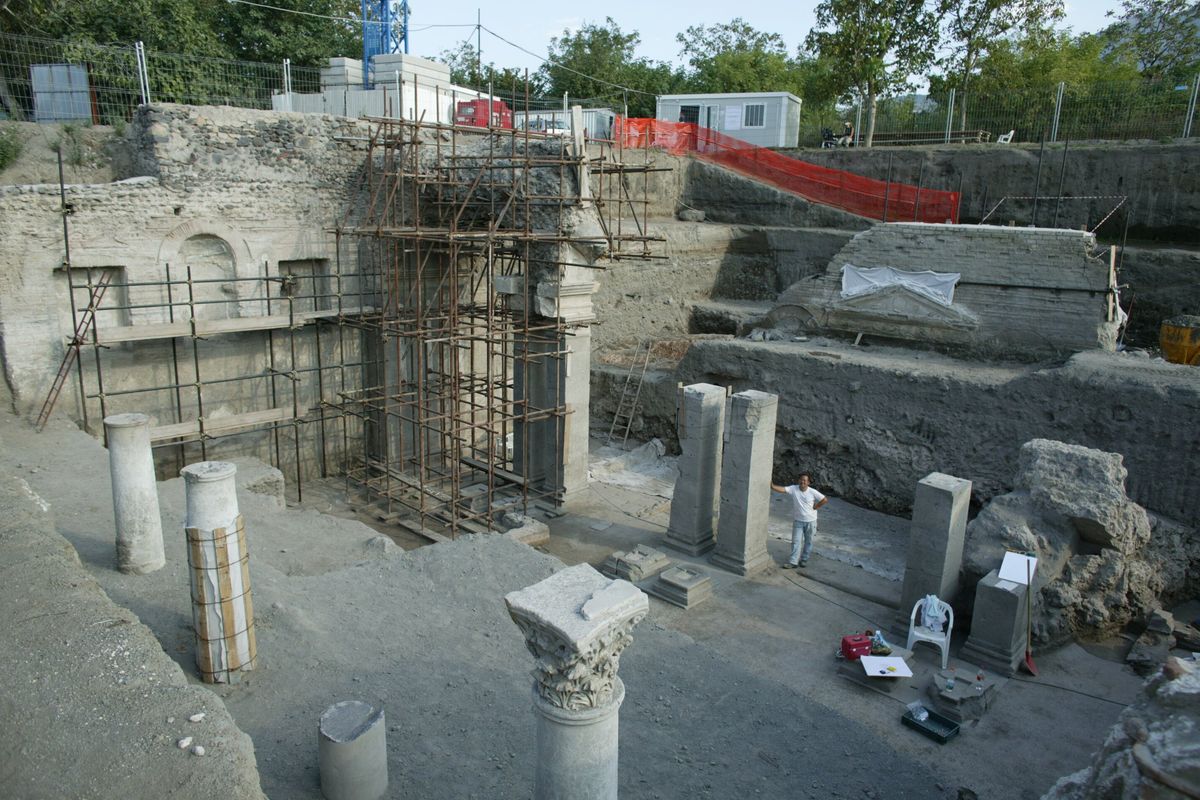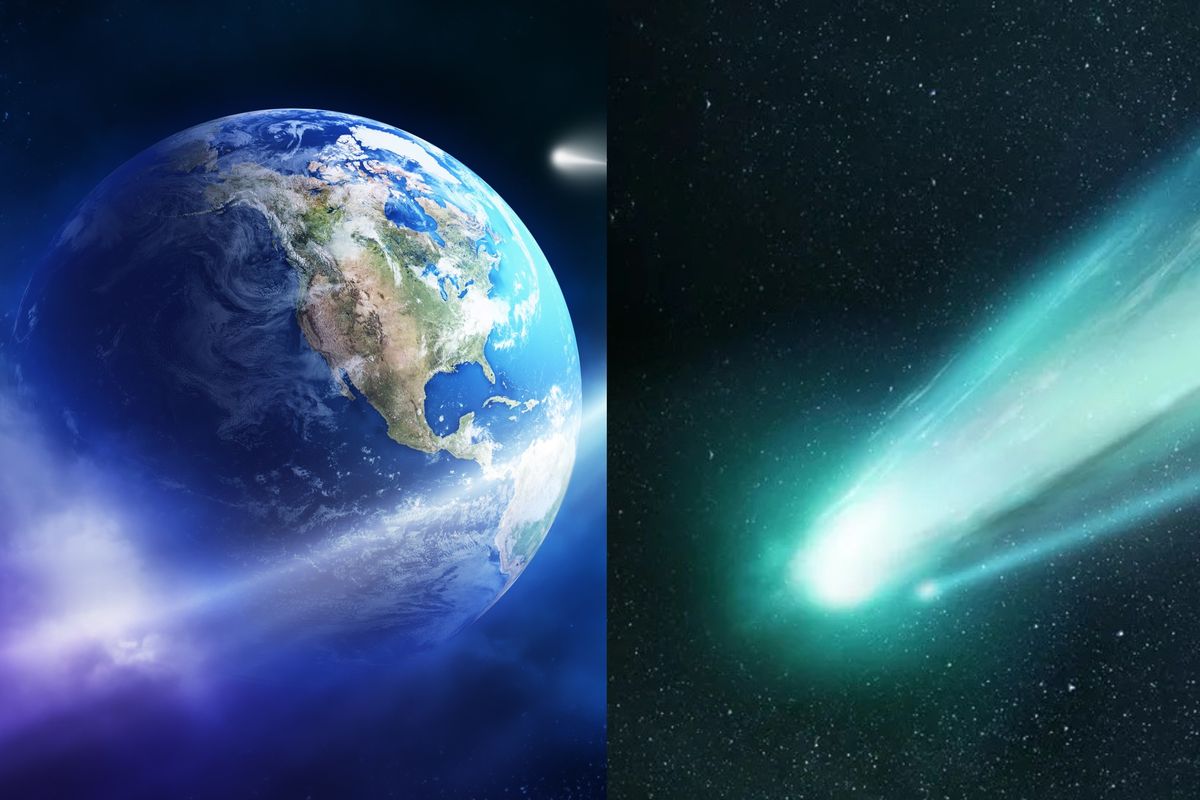Harriet Brewis
May 03, 2024
The Roman Empire in 40 minutes, with Cambridge scholar Mary Beard
Big Think / VideoElephant
Mount Vesuvius is one of the world’s most iconic landmarks, largely thanks to the cataclysmic eruption that consumed Pompeii and other key towns in AD 79.
And although nearly 2,000 years have passed since this devastating event, archaeologists continue to uncover secrets that were swallowed by the volcanic lava, dust and mud.
Now, a team at the University of Tokyo believe they have discovered the lost home of the man who founded the Roman empire. And it has been lying under a blanket of Vesuvian ash.
Gaius Julius Caesar Augustus, also known as Octavian, reigned as Ancient Rome’s first emperor from 27 BC until his death in AD 14.
One of the greatest figures of classical antiquity, Caesar Augustus brought prosperity to the Greco-Roman world following the dictatorship of Julius Caesar, his great-uncle and adoptive father.

Historical sources suggest that Augustus spent the end of his life in a villa on the north side of Vesuvius but, for centuries, the home’s exact location was unknown.
Then, in the 1930s, researchers uncovered the remains of a villa in the valley of Somma Vesuviana, at the northern foot of the volcano, that many believed to be Augustus’s former home.
And yet, despite the excitement, a lack of funds at that time prevented the site from being explored further.
It wasn’t until 2002 that the University of Tokyo, in collaboration with local archaeologists, began a full excavation of the site.
Since then, they have discovered many Roman objects, including large, ornate marble statues, wall paintings, stucco reliefs and mosaics.

And yet, this 2002 project also determined that the mysterious villa dated to around the second century AD. In other words, it was built after the infamous AD 79 eruption that destroyed Pompeii, Herculaneum and other once-thriving settlements, and after Augustus’s death.
However, recent excavations, conducted in 2023 by researchers at the same Japanese university, found that, buried below the second-century structure, lies another building – this one dating to the first century.
It is this hidden villa that they believe was the real home and resting place of Augustus.
"Excavations around Mount Vesuvius have been ongoing since the 18th century,” Kohei Sugiyama, an archaeologist from the Institute for Advanced Global Studies at the University of Tokyo, said in a statement.
“It was known that beneath the ash and debris from the biggest eruption in A.D. 79, various Roman artefacts lay buried.”
"Most exploration related to that are focused on regions to the south of the volcano as that is where the majority of ejecta fell, and damage was suffered.
“For over 20 years, we have excavated large sections of the villa and have recently uncovered some previously unknown rooms and other architectural elements.
"Using radiocarbon dating, and with help from volcanologists to perform extra analysis, we determined that these newly discovered sections are buried under volcanic material from the AD 79 eruption."

Sugiyama and his team revealed significant destruction in the northern area of Mount Vesuvius, including damage from lava flows and pyroclastic surges.
At the site of the villa during the 2002 excavations, volcanologists deduced that the upper levels of the building were constructed by the mid-second century and that the villa was built upon some of the partially obscured structures that came before it.
This finding offers an insight into the local community’s reconstruction efforts following the AD 79 catastrophe.
"This kind of investigation is important for several reasons," Sugiyama said.
"Not only does it connect physical evidence with Augustus, who is mainly known through historic writings, but it also tells us about the local economy and society in that region at that time, which may have been more prosperous and significant than was previously thought.
"Learning about how ancient people recovered from disasters could inform how we plan for such things today.”
Sign up for our free Indy100 weekly newsletter
Have your say in our news democracy. Click the upvote icon at the top of the page to help raise this article through the indy100 rankings
Top 100
The Conversation (0)














